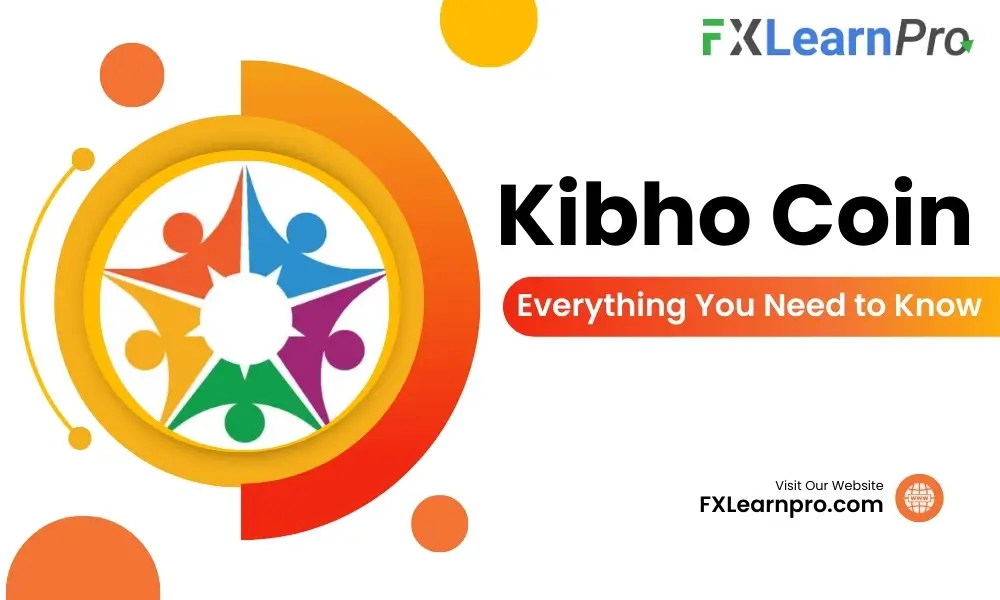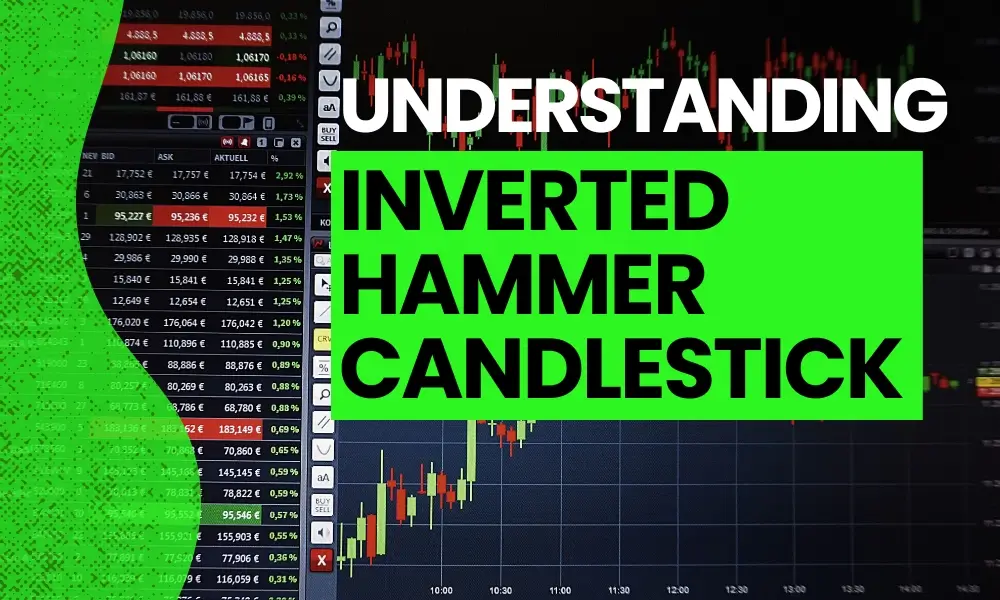Options trading can be a great way to make money on your investment. In this article, we’ll look at what options are, how they work, and some tips for trading them.
By the end of this guide, you will know what options are and how to start trading them.
What is a Trading option?
A trading option is a contract that gives the holder the right, but not the obligation, to purchase or sell a security at a specific price on or before a specified date.
For example, you may purchase an option to buy Microsoft stock for $30 in June. If Microsoft’s stock price rises above $30 by June, your option will automatically exercise, and you will buy Microsoft stock at that price. Conversely, if Microsoft’s stock price falls below $30 by June, your option will remain unexercised and worthless.
Options can be used in many different ways:
-To speculate on the future movement of a security or commodity.
-To protect profits or limit losses in long positions.
-To generate income from holding security with no intention of selling it.
When a trader buys or sells options contracts, the trader is trading the potential to buy or sell the underlying stock. Owning an option, in and of itself, does not impart ownership in the underlying security, nor does it entitle the holder to any dividend payments.
How do beginners learn options trading?
Options trading is an excellent way for newcomers to learn about financial markets. It’s a simple process that can provide many profit opportunities. But, to start, you need to understand the options.
Trading options can be complex — even more so than stock trading. For example, when you buy a stock, you decide how many shares you want, and your broker fills the order at the prevailing market price or a limit price you set.
Options trading requires an understanding of advanced strategies, and opening an options trading account includes a few more steps than opening a typical investment account.
You can trade options on stocks, indexes, futures contracts, and currencies. The calls and puts are the most common types of options.
Options are called “derivatives” because the option’s value is “derived” from the underlying asset.
Call Options vs. Put Options
Call option and put option functions as a hedge only when limiting losses and maximizing profits.
Which direction you expect the underlying stock to move determines what type of options contract you might take on:
If you think the stock price will increase, buy a call option or sell a put option.
If you think the stock price will stay stable: sell a call option or sell a put option.
If you think the stock price will go down: buy a put option or sell a call option.
While buying a put option, traders have the right but not the obligation to sell a market at the strike price on or before the set date. The decreasing value of the market leads to more profit. Traders can also sell put options.
Straggle Strategy leads traders to buy a call and put option at the same strike price, underlying price and expiry date.
How do you trade options?
An option is a contract proving the investor the right but not the obligation to buy or sell a specific stock or ETF at a determined price (also known as the “strike price”) for a specified perid of time, ranging from days to years. When the specified time ends, and the option expires, it no longer has value and does not exist.
Options trading is when you buy or sell an underlying asset at a pre-negotiated price by a certain future date. Trading stock options can be complex, more so than stock trading.
To trade options, you need to be familiar with two types of securities exchanges:
- Over-the-counter (OTC) markets
- Regulated exchanges
On OTC markets, you can negotiate trades directly with other investors.
On regulated exchanges, such as the New York Stock Exchange (NYSE), you must use an intermediary such as a broker-dealer.
Brokers typically charge a commission for facilitating trades. You can also trade options over the Internet using services such as Options Express.
Example of option trading:
X trades for $20 per share, and an upcoming call that expires at $20 will trade for $1. A $100 fee will be charged to the contract for every $100 worth of securities. The traders buy 100 shares for $2,000 and sell a call to receive $110.
Options trading strategies for Beginners
The following are five popular trading strategies with a summary of the reward and risk and when they’re appropriate to use. While these strategies offer lucrative opportunities, they do come with their own risks.
Long call
If you are a beginner, you might want to consider using a long-call option strategy. This type of trade is designed to provide you with profits if the price of the underlying asset (the stock you are trading) goes up.
To execute a long call option trade, you will need to buy a call option contract (a contract that gives the buyer the right, but not the obligation, to purchase an asset at a set price within a specific time period). When the underlying asset rises in the price above the strike price of your call option, the option will expire worthlessly, and you will have made a Profit.
Covered call
One options trading strategy that can be extremely profitable is covered call writing. Here’s how it works:
- Purchase a stock you believe will increase in price.
- Create a contract to sell the stock at a set price (the strike price) on or before a specific date.
- Write (sell) a call option on the stock with the same strike price as the contract you created in step 2. This will give you the right, but not the obligation, to sell the stock at that price on or before the specified date.
- Profit from any increase in the price of the stock between when you wrote the call and when it is exercised (i.e., when someone actually buys the stock from you).
- Sell the stock once it reaches your strike price, and pocket your profits.
Long put
If you’re looking for a long-put trading strategy that’s easy to understand and execute, consider using a straddle. A straddle is a trade that consists of buying a put and selling the same put at the same strike price but with a different expiration date. This allows you to profit if the stock price falls below the lower strike price before the expiration date. Conversely, if the stock price rises above the upper strike price before expiration, your straddle will expire worthlessly.
Short put
The short-put is a popular option trading strategy for beginners because it’s easy to understand and execute. You buy a put option and sell the corresponding stock, hoping the stock price will go down so you can profit from the option’s strike price. If the stock price goes up, you can sell the put and pocket the profits.
The key to success with this strategy is to choose a strike price that’s BELOW the stock’s current market price. This way, if the stock price goes down, you still make money since your put option will expire worthless, while if the stock price goes up, you’ll have sold it at a higher price and made a profit.
Married put
When it comes to trading options, many people think of binary options as the only types of options that are available. However, there are also put options, which are a type of option that gives the buyer the right, but not the obligation, to sell a security at a set price within a certain period of time.
In other words, a married put is an option where the purchaser agrees to sell a security at a predetermined price for a set period of time but does not have to act on the option until after the given date. This type of option can be very useful for hedging or as insurance against sharp market movements.
Read Our Blog- What is futures and options Trading?
Short-term options versus long-term options
The option is also groupable by duration.
Short-term options typically expire in one year. They allow investors to buy or sell options contracts with a specific expiration date but generally have a lower payoff than long-term options contracts.
Long-term options with expiration periods exceeding one year are deemed to be Long-term Equity Anticipation Securities. They offer the highest payouts because the option buyer has the right to buy or sell the underlying security at a set price over a specified period of time.
Why use options?
There are many reasons why you might want to use options:
Hedging: Options can be used to protect yourself from potential losses in your investments. For example, you might buy an insurance policy against the loss of value in your stocks. If ABC stock falls below $45 per share, your insurance company will pay you the difference between $45 and the price you sell your options.
Speculation: Options can be used to speculate on the price of a security. For example, you might buy an option to buy ABC stock for $50 per share but not actually plan on buying the stock until it reaches $55 per share. If ABC stock prices rise above $55 per share, you can exercise your option to buy the stock at that price. If ABC stock prices decline below $50 per share, you can sell your option and avoid any losses.
Hedging against inflation: Options can also be used to hedge against inflation. For example, if you expect the value of your wages to increase over the next year, you might buy an option to purchase a fixed amount of goods or services for a fixed price over a period of time (such as one year). If prices for those items increase over time, your option will also increase in value. Conversely, if prices decrease over time, your option may decline in value.
What are the benefits of trading options?
Trading options can provide investors with a number of benefits like:
- Trading options provide investors with a number of benefits, including the ability to obtain a premium over the underlying security.
- Capturing premiums as they increase or decrease in value can be advantageous for investors.
- Trading options can help reduce risks associated with holding underlying security by providing exposure to different price movements.
What are the risks involved in trading options?
The risk in options trading is that the stock price may not move in your favor.
If you buy an option and the stock price does not rise or fall as predicted, then you will not earn any money from your sale. The risk of losing money in options trading is always present, even if the underlying security does not move at all.
Options can be very risky investments, but they also offer great potential for profit. Before you start trading options, it’s important to understand all of the risks involved and make sure that you are comfortable with them.
Read our Blog- Best books on Options Trading.
Are options better than stocks?
Options trading is riskier in some areas compared to stock trading. If done right, this strategy can be more profitable than traditional investments. Stock investors benefit from a bit more time.
Advantages of options trading While stock markets have volatile prices, they can have higher options prices which attract the traders. Options are typically risky, but certain option strategies are relatively inexpensive and may increase your returns as stock investors, too.
Conclusion
Trading options can be an extremely lucrative way to make money, and for those of you who are just starting out, this guide will teach you everything you need to know about the basics of trading options. Once you have a solid understanding of the concepts covered in this article, moving on to more advanced strategies will be much easier. So please read through it carefully and then get started on your trading journey!
Investby, InvestFW, ABinvesting, and Capitalix are online brokerage services, that is known for offering an ideal environment for efficient trading at low costs.









